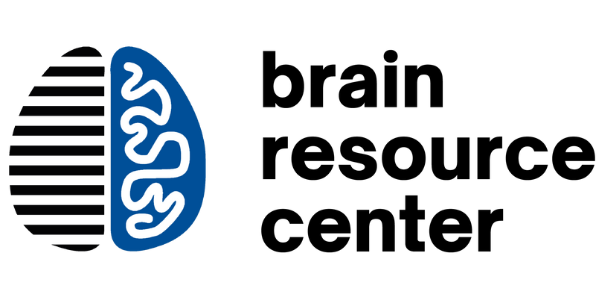Depression Neurofeedback Research
-
Cantor, D.S., Stevens, E. (2009). QEEG correlates of auditory-visual entrainment treatment efficacy of refractory depression. Journal of Neurotherapy, 13(2), 100–108.
-
Choi, S. W., Chi, S. E., Chung, S. Y., Kim, J. W., Ahn, C. Y., & Kim, H. T. (2011). Is alpha wave neurofeedback effective with randomized clinical trials in depression? A pilot study. Neuropsychobiology, 63(1), 43-51.
-
Choobforoushzadeh, A., Neshat-Doost, H. T., Molavi, H., & Abedi, M. R. (2015). Effect of neurofeedback training on depression and fatigue in patients with multiple sclerosis. Applied psychophysiology and biofeedback, 40(1), 1–8. https://doi.org/10.1007/s10484-014-9267-4
-
Hammond, D. C. (2001). Neurofeedback treatment of depression with the Roshi. Journal of Neurotherapy,4(2), 45–56.
-
Hammond, D. C. (2005). Neurofeedback treatment of depression and anxiety. Journal of Adult Development, 12(2), 131-137.
-
Kumano, H., Horie, H., Shidara, T., Kuboki, T. et al. (1996). Treatment of a depressive disorder patient with EEG-driven photic stimulation. Biofeedback & Self-Regulation, 21(4), 323–334.
-
Putnam, J. A., (2002). EEG biofeedback on a female stroke patient with depression: A case study. Journal of Neurotherapy, 5(3), 27–38.
-
Uhlmann, C., & Froscher, W. (2001). Biofeedback treatment in patients with refractory epilepsy: Changes in depression and control orientation. Seizure, 10, 34–38.
-
Wang, S. Y., Lin, I. M., Fan, S. Y., Tsai, Y. C., Yen, C. F., Yeh, Y. C., Huang, M. F., Lee, Y., Chiu, N. M., Hung, C. F., Wang, P. W., Liu, T. L., & Lin, H. C. (2019). The effects of alpha asymmetry and high-beta down-training neurofeedback for patients with the major depressive disorder and anxiety symptoms. Journal of affective disorders, 257, 287–296. https://doi.org/10.1016/j.jad.2019.07.026
